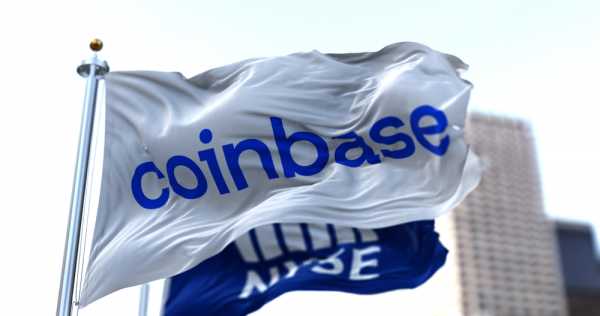
Predicted Growth in the Usability of L1-L2 Bridges
The CPO offered his predictions in a corporate blog post on January 4. He stated that while Ethereum’s scalability would increase, other layer 1 networks would also gain popularity. He mentioned that he is enthusiastic about Eth’s scalability improving. The reason is due to the introduction of Eth2 and several L2 rollups.
In addition, he predicted that new layer 1 networks centered on gaming and social media, such as the upcoming Coreum blockchain, would emerge. According to Chatterjee, breakthroughs in layer 1 to layer 2 bridges will significantly increase scalability.
The industry will constantly seek advancements in the speed and functionality of cross-L1 and L1-L2 bridges. These bridges allow tokens to be transferred between layer 1 networks like Ethereum and layer 2 networks like Arbitrum and vice versa.
Surojit Chatterjee also predicted increased industry-wide regulation and institutional investment in DeFi. He also mentioned the emergence of DeFi insurance and increased brand engagement in Metaverse and NFTs. Finally, he talked about Web2 firms rushing to enter Web3.
How Scaling is Benefiting the Industry
While discussing scaling solutions, the CPO specifically mentioned ZK-rollups. He said they would “draw both investor and user interest.” Scaling on a zero-knowledge basis “rolls up” transaction data in batches for more efficient processing on Ethereum’s layer 1.
Matter Labs, for example, made significant strides in 2021 with the development and implementation of their rollup-based zkSync layer 2 technology.
The layer 2 ecosystem grew dramatically in 2021, increasing acceptance across all major platforms. According to L2beat, which tracks the L2 ecosystem, the total value locked has increased by approximately 11,000 percent in the last year. It rose from around $50 million in January 2021 to $5.5 billion by the end of the year.
Effects on Solana, Polkadot, and Cardano
Ethereum’s competitors, such as Solana, Polkadot, and Cardano, are hot on its tail. “Ethereum killers,” as they brand themselves, are vying for a larger share of decentralized finance (DeFi), non-fungible token (NFT), and smart-contract markets. They aim to address one or more of Ethereum’s significant flaws, such as slow network speeds and high gas fees.
Up to 100,000 transactions per second are promised by Ethereum 2.0. Ethereum will use the implementation of shard chains to achieve this increase. Ethereum’s widespread adoption and first-mover advantage, on the other hand, keep the network at the forefront of the smart contract industry. To overtake Ether as the second-largest cryptocurrency, Binance’s BNB, which is Ether’s closest competitor in terms of market capitalization, would have to increase its value 11 times.
Hence, all factors considered, “Ethereum killers” will have to do more to counter the competition posed by Ethereum, especially now that it is finally upgrading.
This news is republished from another source. You can check the original article here



